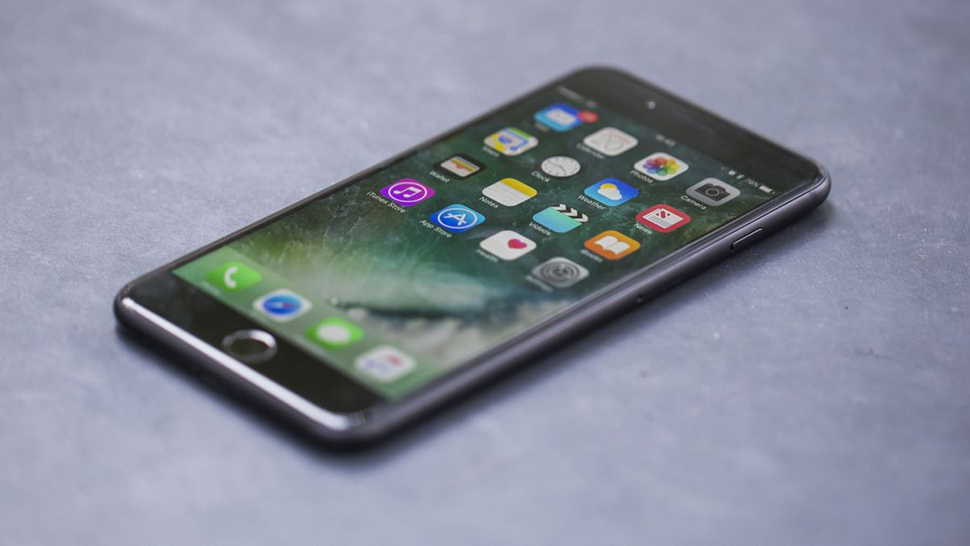How to check your iPhone or Android phone's IMEI number
Your phone's IMEI number is important

Every mobile phone comes with a unique International Mobile Equipment Identity (IMEI) number and it can be incredibly important to know what it is and how to check your phone's IMEI number.
That's because if your phone is lost or stolen, you can use the IMEI number to blacklist it - ensuring that anyone who comes across it is unable to use it even if they try using it with a new SIM card.
It's also useful to know how to check the IMEI number when buying a used phone for very similar reasons. You can check through services like CheckMend to confirm that the phone hasn't been reported lost, isn't blacklisted, and hasn't been subject to an insurance claim. The service isn't free but it's cheap enough to be worth using if you're buying a pricey used phone.
As your phone's IMEI number is practically its form of ID, some manufacturers also require it for booking in repairs or other issues.
Now you know how important an IMEI number is, here's a look at how to check your phone's IMEI number on both iPhone and Android devices.
How to check IMEI on your Android phone
Different Android phones have slightly varying methods for finding the IMEI number, but the general principle is the same.
Typically, the IMEI number information is located in the Settings menu. Head there then tap something like About Phone > Status, General > About Device > Status or similar.
Get daily insight, inspiration and deals in your inbox
Sign up for breaking news, reviews, opinion, top tech deals, and more.
Some phones allow you to copy the number while others will require you to write down the number or take a screenshot. You’ll also find other information about your phone such as its serial number and specification details.
Finding where the IMEI number is fairly straightforward with the general rule of thumb being to 'check' the phone's status for more information.
How to check IMEI on your iPhone
When it comes to iOS and iPhones, the process for finding your IMEI number is the same across the board, no matter how old your iPhone is. Simply go to Settings > General > About. Scroll down a little way and you can view your IMEI and hold your finger to it to copy it to the clipboard.
If your iPhone isn't by your side, you can also check the IMEI online. Go to your Apple account then sign in with your Apple ID. Once you've done that, scroll down to Devices and choose your iPhone and your IMEI number will be listed on there. That's particularly useful if you've misplaced your device and want to blacklist it in case of potential theft.
It's also possible to check your iPhone's IMEI by plugging it into your computer and viewing it on iTunes (on PC) or via Finder (on Mac) by clicking the summary tab underneath your phone's name. If your screen is cracked or broken, this is probably the best method to check the IMEI.
How to check your phone's IMEI number in other ways
Using your phone's software isn't the only way to check the IMEI number, although it is the easiest method.
Alternatively, some phones display the IMEI number physically on the device, providing you know where to look. On all iPhones since the iPhone 6S (excluding the original iPhone SE), you can view the IMEI number on the SIM tray if you use a magnifying glass. It's not the easiest method but it is possible.
Similarly, some Samsung Galaxy phones display the IMEI number on the back of the case in near translucent type so - again - you'll need a magnifying glass.
You can also check the IMEI number on the box of your phone. If your smartphone has been lost or stolen, this is a convenient way of looking it up so make sure you keep your phone's original box for future reference.
In the past, you could also dial *#06# on any phone to receive a pop-up message with your phone's IMEI number but in recent times, that support has been dropped from newer phones. For older devices, it's worth trying if all other options aren't available to you.

Jennifer is a roving tech freelancer with over 10 years experience. Having graduated from Swansea University with a degree in Media and Communication Studies, and later with a diploma from Staffordshire University with a post graduate diploma in Computer Games Design, she's written for a huge number of publications, including T3, FitandWell, Top Ten Reviews, Eurogamer, NME and many more.
Her main areas of interest are all things B2B, smart technology, wearables, speakers, headphones, and anything gaming related, and you'll find her writing everything from product reviews to buying guides and hunting down the latest coupon codes to save you money. In her spare time, she enjoys the cinema, walking, and attempting to train her pet guinea pigs. She is yet to succeed.